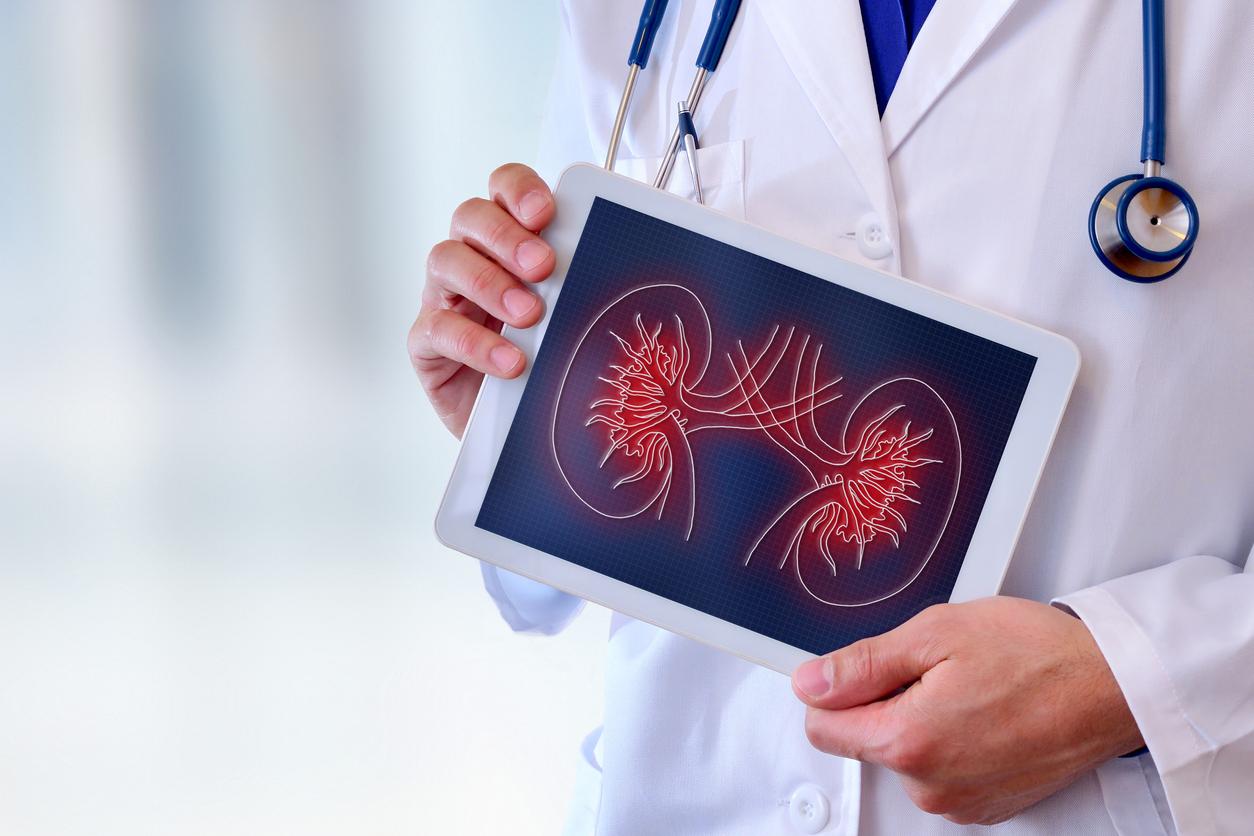Researchers have discovered a new mechanism that helps maintain and repair bone in adults. Ultimately, this could help develop new therapeutic strategies to improve bone healing.

Osteoporosis is a diffuse disease of the skeleton characterized by a decrease in bone density and alterations in the micro-architecture of the bones. These weaken the bone and increase the risk of fracture. This affliction develops especially in the elderly. Today, a new study could ultimately make it possible to develop therapeutic strategies to improve bone healing in these patients. According to the results published on December 5 in the review Cell Stem Cell, researchers have discovered a new mechanism contributing to the maintenance and repair of bones in adults.
“Bone repair in adults relies on the activation of bone stem cells, which still remain poorly characterized (…) Bone stem cells have been found both in the bone marrow inside the bone and also in the periosteum — the outer layer of tissue — which envelops the bone. Previous studies have shown that these two populations of stem cells, although they share many characteristics, also have unique functions and specific regulatory mechanisms”, explains Dr. Dongsu Park, Assistant Professor of Molecular and Human Genetics. and Pathology and Immunology at Balylor College of Medicine (Texas, USA) where the study was conducted.
Of these two populations, periosteal stem cells are the least well known. Although scientists know that they constitute a heterogeneous population of cells capable of contributing to the thickness, formation and repair of fractures, no one has yet been able to distinguish between the different subtypes of bone stem cells to study the regulation of their different functions.
CCL5 chemokine
Here, however, working on mice, Dongsu Park and his colleagues succeeded in developing a technique to identify different subpopulations of periosteal stem cells, define their contribution to bone fracture repair and identify specific factors that regulate their migration and their proliferation under physiological conditions.
In mice, they discovered specific markers for this category of cells. They identified a distinct subset of stem cells contributing to bone regeneration in adults throughout their lives. They were also able to observe that the periosteal stem cells responded to inflammatory molecules, the chemokines, usually produced during bone lesions.
In detail, periosteal strains have receptors that bind to the chemokine CCL5. The latter sends a signal to the cells to migrate to the injured bone and repair it. By deleting the CCL5 gene in mice, the researchers noticed defects in bone repair, which delayed healing. In contrast, when they administered CCL5 to the mice that had none left, the bones recovered faster.
New therapeutic strategies to treat bone lesions in adults
“Our findings contribute to a better understanding of how adult bones heal. We believe this is one of the first studies to show that bone stem cells are heterogeneous and that different subtypes have unique properties regulated by specific mechanisms, says Dongsu Park. We identified markers that allow us to distinguish bone stem cell subtypes and investigated what each subtype contributes to bone health. Understanding how bone stem cell functions are regulated offers the possibility of developing new therapeutic strategies to treat bone lesions in adults.”
Ultimately, these discoveries could therefore have potential therapeutic applications, particularly in people with osteoporosis or diabetes.
Indeed, due to possible neurological, visual or renal complications, people with diabetes may prone to falling and suffering broken bones. Furthermore, the bone fragility of diabetics is probably due to a modification of bone remodeling and in particular to an increase in bone resorption.

.

















